Bauhaus is a household name in the general public
Interview with Jean Molitor
Since ten years the photographer Jean Molitor has travelled all over the world to capture modernism’s architectural testimonies for posterity. His archive against decay documents both Bauhaus icons and many unknown treasures. On the occasion of his exhibition in Chemnitz – which includes many regional buildings – we spoke to him about 100 years bauhaus and 10 years bauh1haus.
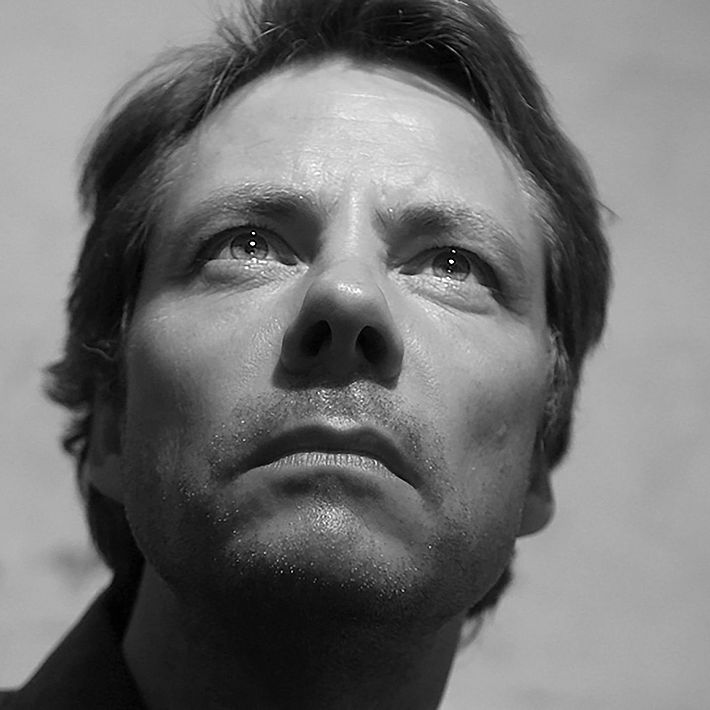
You have travelled extensively for your “photo archive of modernism”. Where did you feel most enthusiastic about the buildings you wanted to photograph? And where did you encounter the biggest lack of understanding for your passion for “old houses”?
One can really feel the enthusiasm where people like living in and among their architecture and are aware of it. That is not necessarily connected to a place or a country. I remember a small white two-story bank building in Bandung/Indonesia, where I was being watched by a security man while taking photos. Shortly after he asked me to come over. I was taken inside the house fearing that I would no longer be allowed to take any photos. Instead the director came over, invited me for a cup of coffee and later proudly showed me every nook and cranny of the house. And it really had been restored meticulously true to the original.
This was quite a different matter in the Congo, where it is rather unusual to take photos in the middle of the street and would hardly be possible without the mayor’s permission along with two policemen made available for this purpose. All the same, a cluster of people quickly formed around my tripod and me and wanted to know why of all things I was taking photos of these houses and what was so special about them. They said the houses were old, uncomfortable, not traditional and not pleasing to the eye. I should rather take photos of the green pastures.
You considered much of what you would refer to today as “buildings of modernism” as “Bauhaus” when you started out with your project in Burundi. In your experience, is the “Bauhaus” label commonly used around the world or is it a German projection?
The project bau1haus is continuously being expanded. From my point of view today I prefer to speak about the so-called classical modernism in all kinds of manifestations. Thus modernism probably spread in the world on various paths, through different trends and tendencies such as DeStijl, the Russian constructivists and the avant-garde or art deco, just to name a few. But also the Bauhaus icons Walter Gropius and Ludwig Mies van der Rohe carried modernism out into the world along with many other important architects such as Erich Mendelsohn, Frank Lloyd Wright, Peter Behrens, the Taut brothers, Hans Poelzig and Le Corbusier. Ultimately it will have been a large network and it can’t be clearly distinguished, who inspired or copied whom.
Modernism was further disseminated through emigration and colonisation as well as through chairs, publications and architectural contests and model estates. I see the Bauhaus school with its ideas, teachers and students as an important pillar in this overall development. Modernism didn’t just come out of nowhere and the Bauhaus didn’t invent modernism. On my trips, however, I often found that the people I asked – who I refer to as the general public – were familiar with the term Bauhaus and pointed out round fronts, flat roofs and glazed corner windows to me.
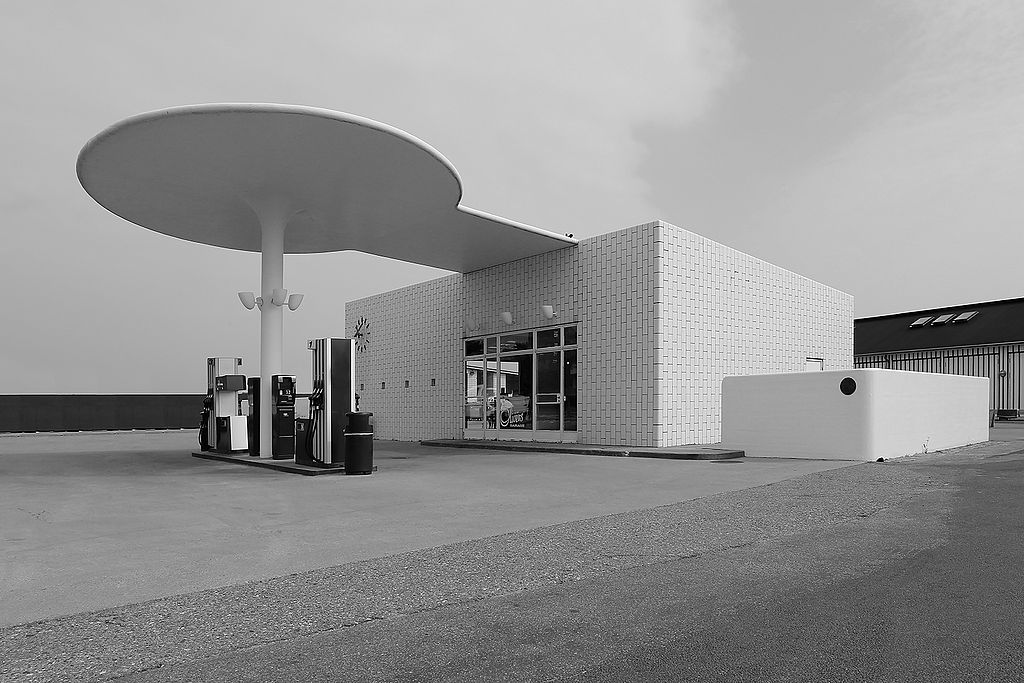
Most, if not all of your works don’t document reality, but rather virtual conditions that are free from disturbing elements. You also correct, retouch and deliberately interfere in the finished image. Where does your interference end and on what criteria is your image processing based?
The aim of the project is rather more artistic than that of documenting. Therefore I try to focus on the architecture and not to capture temporary ballast. This already happens when taking photos, by choosing time, place and recording technology carefully. Usually one can – for instance – take remarkable pictures early on Sunday mornings. One can happily retouch a power cord going straight through the picture or a wastepaper basket leaning against a wall. It is a matter of principal to leave the houses and the architecture the way they are. Even air conditioners in front of windows remain part of my pictures, just as open windows or original plants.
Your project probably shows better than any other that modernism was a global movement with many an actor. Neither a real centre, nor a consistent “style” can be identified. What do you think is the connection between all the buildings you have seen and portrayed? Is there possibly a common denominator despite all the diversity?
As I’m an architect and not a photographer, I primarily follow my own aesthetic perception. The project doesn’t want to give any answers, but would rather like to raise questions and contrast different architectural design elements. And the experience with the objects in the exhibition and those I took photos of shows: If one were to remove the captions, it may prove challenging to match the images with the corresponding region.
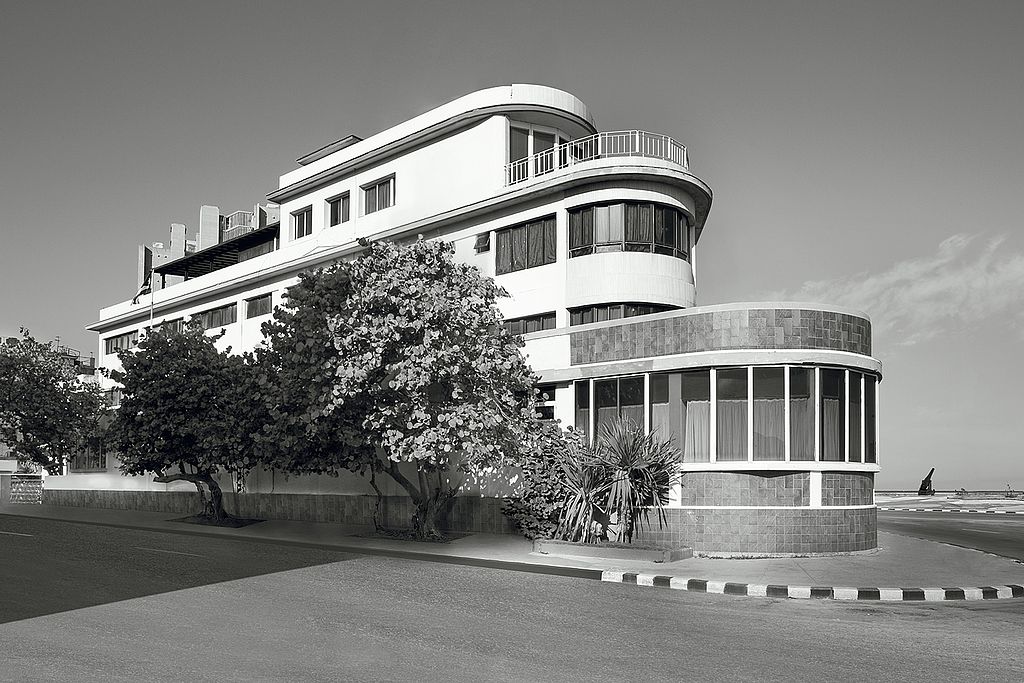
What was the criteria for selecting the photos for your current exhibition in Chemnitz?
The regional reference is important, i.e. showing the buildings in the neighbourhood as part of modernism in the world.
100 years bauhaus is also 10 years bau1haus: When do you think that your project will have been completed?
As far as content is concerned, it will probably not be possible to complete the project. At present photos have been taken in 30 countries and preliminary research in over 110 further countries has successfully been carried out. Currently there are around 400 motives ready to be exhibited. I would think that this is around 1% of the estimated volume.
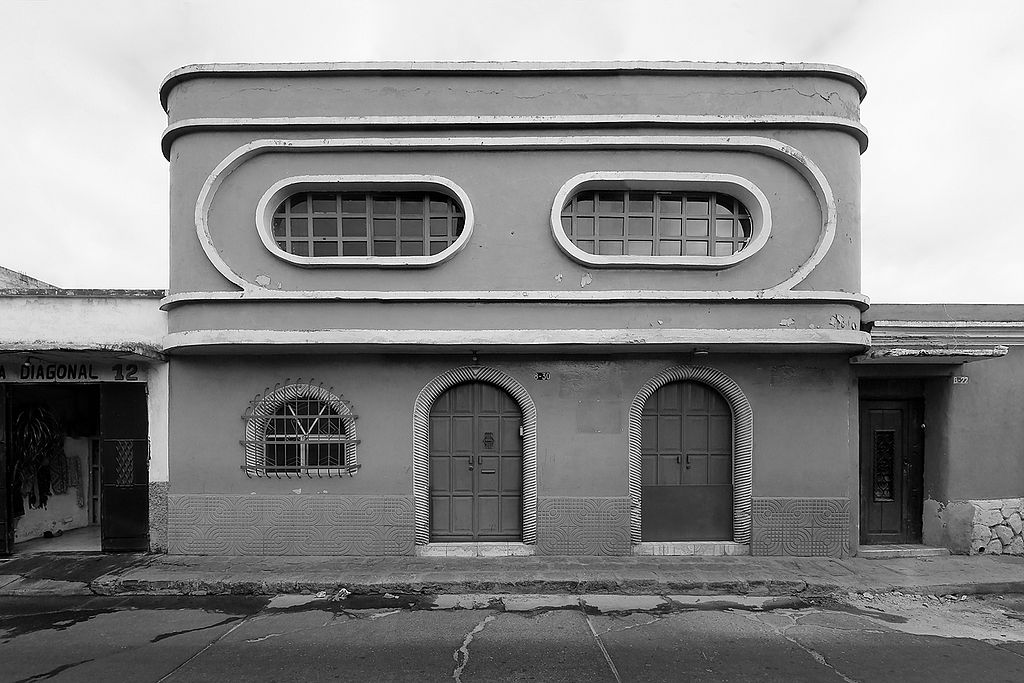
Your passion for modernism currently focuses on buildings. What are your thoughts on furniture or other symbols of modernism? Do you think you will one day expand your archive to include these symbols of a modern creative will?
Indeed, further layers should be added to the project. These may include indoor shootings, interviews with contemporary witnesses and inhabitants and as we already have done in Havana with detailed research on the backgrounds of the buildings that have previously been photographed. I.e. who built which building for whom and to what end? However, the project has so far been privately funded and work can only be undertaken within the limited financial, organisational as well as temporal possibilities. The bau1haus project has been receiving expert support from Dr Deschan/Beuth Hochschule in Berlin, from Dr Kielstein/Museum Henry van de Felde-Haus Schulenburg in Gera and from Frau Dr Voss/architectural historian in Munich since 2016.
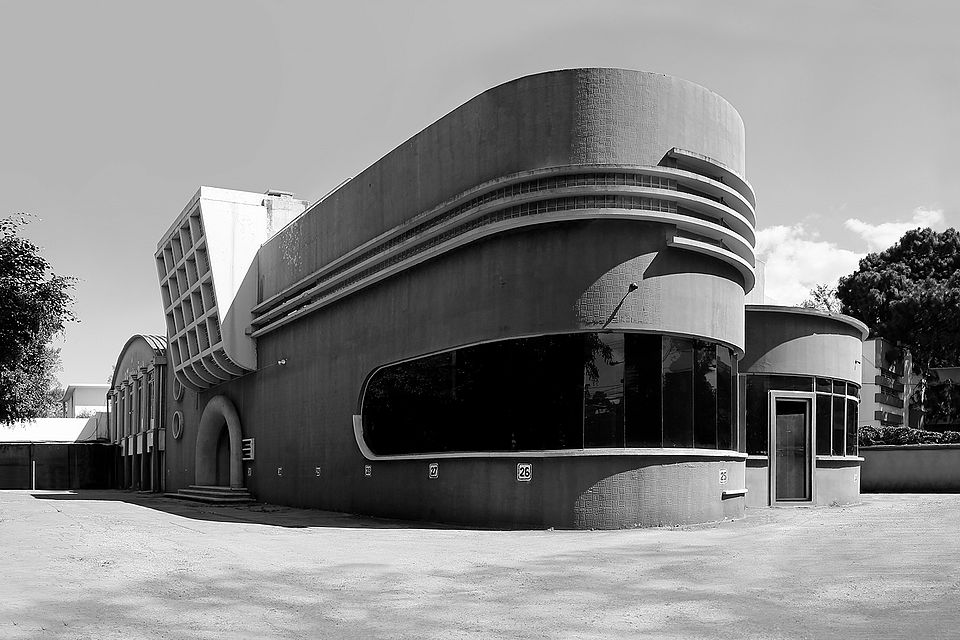

Last but not least: your three favourite buildings of modernism – and the three most bizarre circumstances under which you were (all the same) able to take pictures for your project?
My favourites: Haus Schminke in Löbau, 1932-33, by Hans Scharoun, the lakeside villa Atatürk in Istanbul, 1935, by Seyfi Arkan and the Boat House in Tel Aviv, 1934-35, by Shimon Hamadi Levi. For the second part of your question: this would definitely be the Barikot Theatre in Kabul, which I had already taken pictures of by chance in 2007 before the project kick-off in 2009. Also the textile fabric “red banner” in St. Petersburg, 1927 by Erich Mendelsohn; my camera with a chip full of three hard days’ work was stolen and this is only an ersatz photo. Last but not least a garage in Guatemala City around 1935, architect unknown; if the taxi driver had not taken a wrong turn, I would never have been able to find this architectural beauty – a dream come true.
[Translate to English:] headline
Mr. Molitor, thank you for the interview!
[NF 2019, Translation RHN]